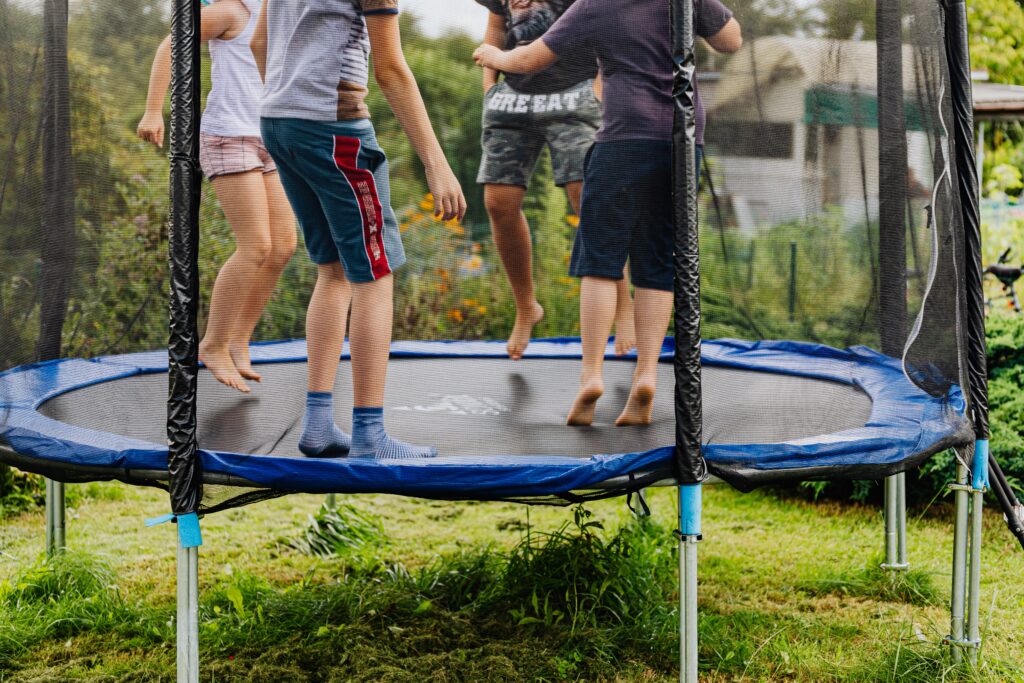Proprioception is the sense of the position and movement of the body, children with autism can have theirs impacted by their condition.
It allows an individual to have a sense of where their body is in space and how it is moving.
Proprioceptive input is the information that the body receives from proprioceptors, which are specialised receptors located in muscles, tendons, and joints.
This input helps to provide a sense of awareness and control of the body, and is critical for coordinating movement and maintaining balance.
Proprioception in an autistic child
In autism, proprioception can be affected, leading to difficulties in regulating body movements, balance, and coordination.
Children with autism may have difficulty processing proprioceptive input. This can lead to a lack of awareness of their body in space, difficulty with fine and gross motor skills, and difficulty with balance.

Additionally, proprioception can be affected by sensory processing disorder, which is commonly found in children with autism.
Treatment and therapy
Therapy that focuses on proprioception can help children with autism to improve their body awareness, coordination, and balance.
This can include activities such as deep pressure massage, heavy work, joint compression, and movements that provide proprioceptive input.
For example, activities such as crawling, jumping on a trampoline, pushing heavy objects, and climbing can provide proprioceptive input and help to improve proprioception.
Proprioception therapy can also help to improve the child’s attention and focus, as well as reduce anxiety and stress.
By providing a sense of grounding, proprioception therapy can help the child to feel more in control of their body and their environment.
Summary
Proprioception is the sense of the position and movement of the body and proprioceptive input is the information that the body receives from proprioceptors.
Proprioception can be affected in autism, leading to difficulties in regulating body movements, balance, and coordination.
Therapy that focuses on proprioception can help children with autism to improve their body awareness, coordination, and balance.
This therapy can also help to improve the child’s attention and focus, as well as reduce anxiety and stress, providing a sense of grounding and control.
For more articles on autism feel free to browse our archive.

